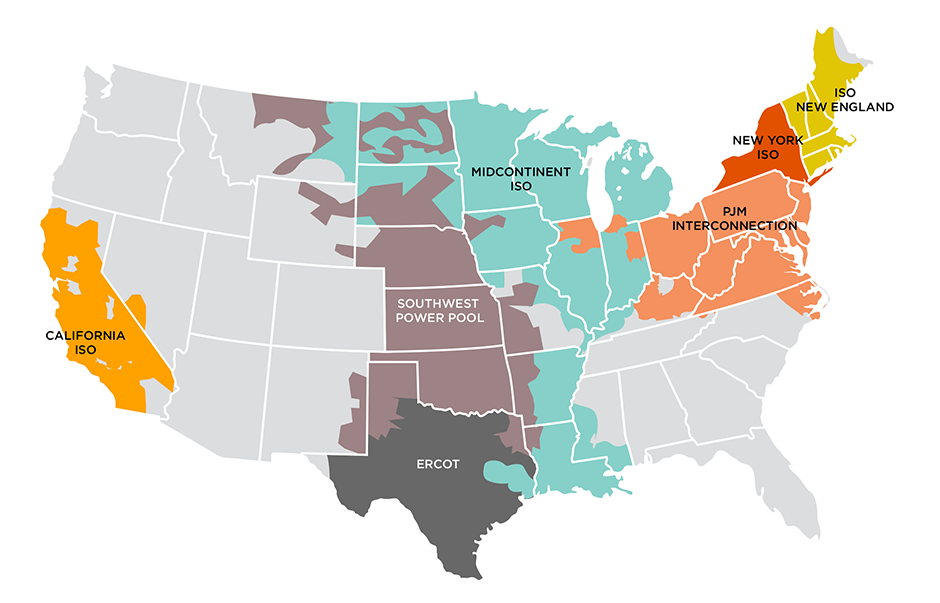Molecules, Vol. 29, Pages 5401: Unusual Lignocellulosic Bioresins: Adhesives and Coatings for Metals and Glass
Molecules doi: 10.3390/molecules29225401
Authors: Antonio Pizzi
This minireview presents some unusual but encouraging examples of lignocellulosic-based adhesives and coatings used for metals, glass, and some other difficult-to-adhere materials. The reactions and applications presented are as follows. (i) The reactions of tannins and wood lignin with phosphate salts, in particular triethylphosphate, to adhere and join steel and aluminum to Teflon, in particular for non-stick frying pans. These adhesive coatings have been shown to sustain the relevant factory industrial test of 410 °C for 11 min and, moreover, to present a 50% material loss even at 900 °C for 5 min. (ii) Non-isocyanate polyurethanes (NIPU) based on glucose and sucrose as coatings of steel and glass. These were obtained by the carbonation of carbohydrates through reaction with the inexpensive dimethyl carbonate followed by reaction with a diamine; all materials used were bio-sourced. Lastly, (iii) the use of citric acid-based adhesive coupled with any hydroxyl groups carrying material for coating metals is also described. These three approaches give a clear indication of the possibilities and capabilities of biomaterials in this field. All these are presented and discussed.

 1 week ago
12
1 week ago
12


